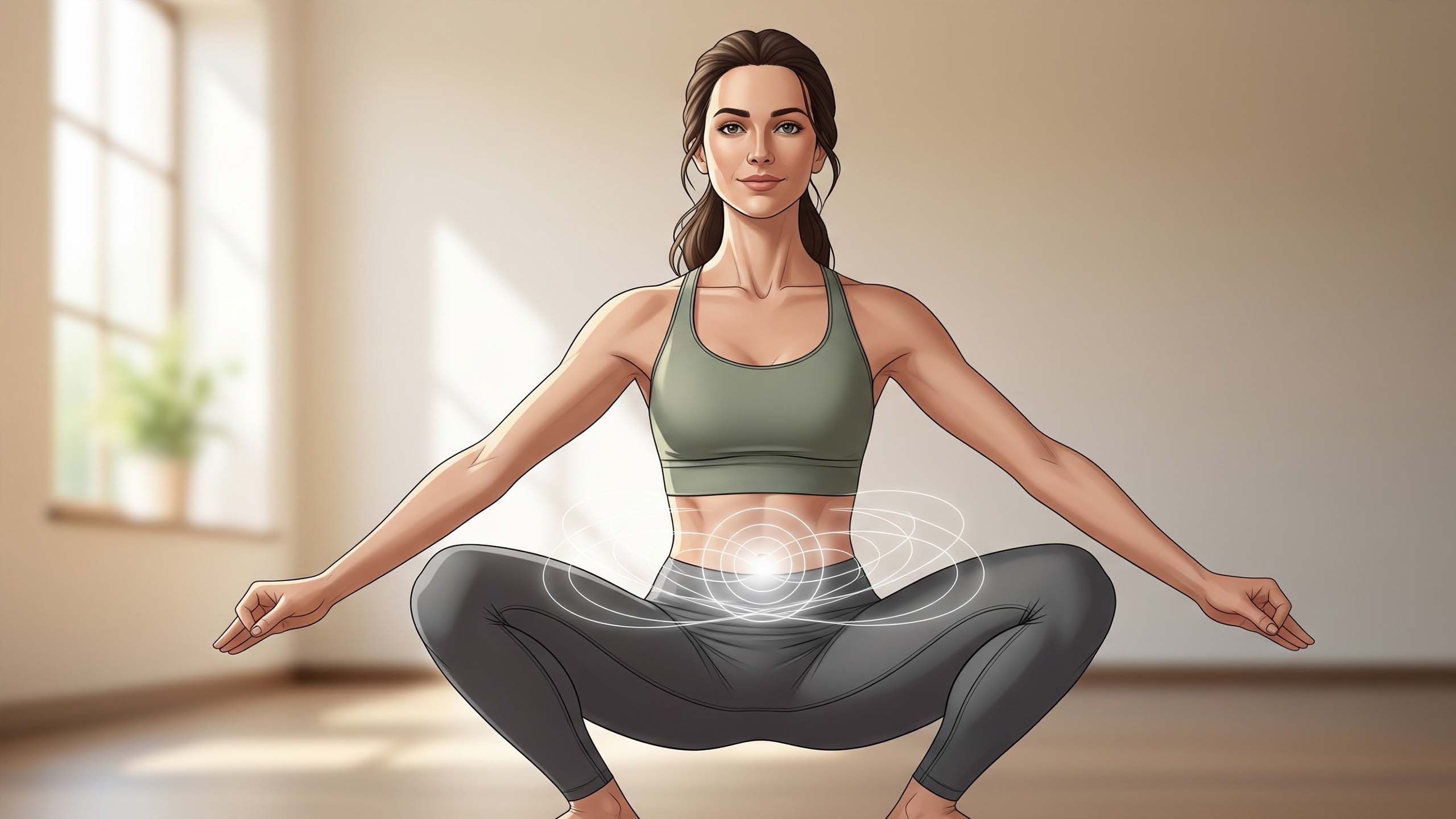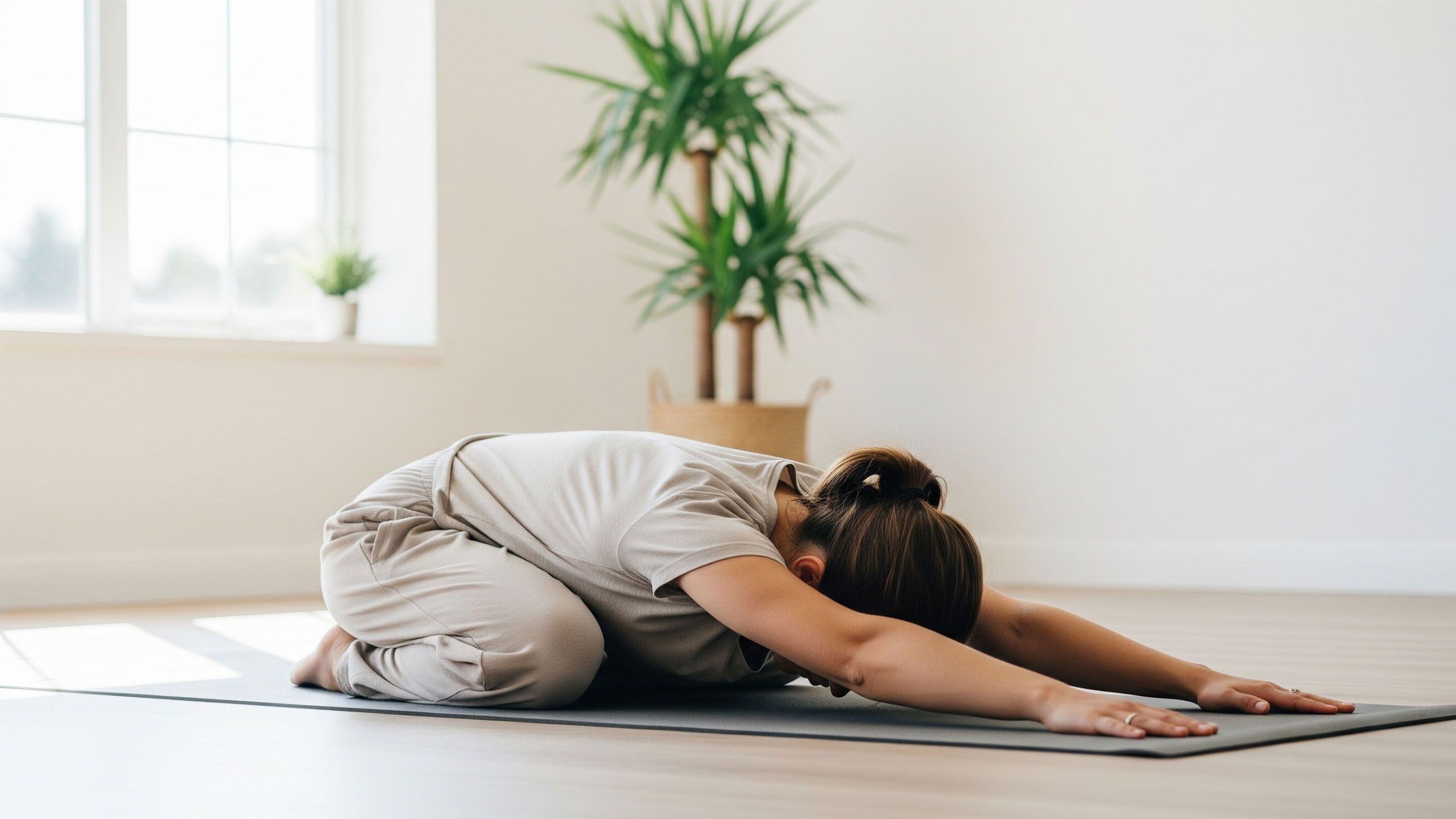Beyond Exercise: An Introduction to Somatic Fitness

In our busy lives, it's common to feel disconnected from our bodies. We might notice persistent tension in our shoulders, a clenched jaw, or a general sense of being “stuck in our heads.” While conventional fitness routines offer many benefits for cardiovascular health and muscle strength, they often emphasize external goals: reps completed, miles run, or calories burned. Somatic fitness offers a different approach—one that shifts the focus from what your body is doing to what your body is feeling.
This article provides a straightforward introduction to the principles of somatic fitness, explaining what it is, how it works, and how you can begin to incorporate its simple yet profound techniques into your life.
What Exactly is Somatic Fitness?
The word “somatic” comes from the Greek root soma, which means “the living body in its wholeness.” Somatic fitness is not a specific brand of exercise but rather an approach to movement that prioritizes internal awareness and sensation. The goal is to refine the communication between your mind and your body.
Imagine performing a simple squat. In a typical gym setting, your focus might be on keeping your back straight, getting your hips below your knees, and completing a certain number of repetitions.
In a somatic approach to the same movement, your attention would turn inward. You might notice:
-
The pressure of your feet on the floor.
-
The subtle shift in balance as you lower and rise.
-
The sequence of muscle activation in your legs and glutes.
-
The rhythm of your breath throughout the movement.
The external form is secondary to the internal experience. It’s a practice of listening to the body’s feedback rather than imposing a command upon it.
| Aspect | Traditional Fitness | Somatic Fitness |
|---|---|---|
| Primary Focus | External performance (reps, speed, form) | Internal sensation (feeling, awareness) |
| Goal | Strength, endurance, aesthetics | Mind-body integration, tension release |
| Pacing | Often fast-paced and repetitive | Typically slow, gentle, and exploratory |
| Core Question | "Am I doing this correctly?" | "What does this feel like?" |
The Nervous System Connection
At its core, somatic movement is a way to work directly with the nervous system. Our autonomic nervous system has two primary branches: the sympathetic (“fight-or-flight”) and the parasympathetic (“rest-and-digest”). Modern life, with its constant stressors and stimuli, can cause many of us to operate in a low-grade state of sympathetic activation. This can manifest physically as chronic muscle tension, shallow breathing, and digestive issues.
Somatic practices, which often involve slow, gentle, and mindful movements, can help guide the nervous system back toward a parasympathetic state. By paying close attention to physical sensations, you are sending signals of safety and presence to your brain. This process can help release stored tension patterns that have developed over time from stress, injury, or habit.
Simple Ways to Begin
Integrating a somatic approach doesn't require special equipment or classes. It begins with the simple act of paying attention. Here are a few foundational practices you can try.
-
The Body Scan: Lie comfortably on your back with your eyes closed. Starting with your toes, slowly bring your attention to each part of your body, one by one. Move up through your feet, ankles, calves, and so on, all the way to the crown of your head. The goal is not to change or fix anything, but simply to notice the sensations that are present—warmth, tingling, pressure, or perhaps a lack of sensation.
-
Mindful Breathing: Sit or lie in a comfortable position. Place one hand on your belly and the other on your chest. Without trying to change your breath, simply observe it. Notice the physical feeling of the air entering your nostrils. Feel the gentle rise and fall of your belly and chest. This practice anchors your awareness in the present moment through a fundamental bodily rhythm.
-
Exploratory Movement: Choose a simple joint, like your shoulder or your hip. Very slowly, begin to move it in small, gentle circles. Instead of aiming for a full range of motion, focus on making the movement as smooth as possible. Notice where you feel resistance, stickiness, or ease. This is not about stretching, but about exploring the quality of movement and sensation.
Applications for Women’s Health
A somatic approach can be particularly beneficial for women's health. It provides a useful tool for cultivating a deeper awareness of the pelvic floor, learning to distinguish between tension and relaxation beyond simple Kegel exercises. By helping to regulate the nervous system, these practices can also support the body’s natural hormonal rhythms. Furthermore, by shifting the focus from external appearance to internal experience, somatic fitness can help foster a more neutral and appreciative relationship with one's body.
In conclusion, somatic fitness offers a pathway to reconnecting with the body's innate intelligence. It complements traditional exercise by reminding us that movement can be a form of listening as much as it is an act of doing. It is a quiet, internal practice that begins with a single question: What do I feel right now?
Disclaimer: The articles and information provided by the Vagina Institute are for informational and educational purposes only. This content is not intended to be a substitute for professional medical advice, diagnosis, or treatment. Always seek the advice of your physician or another qualified health provider with any questions you may have regarding a medical condition.


 English
English  Deutsch
Deutsch  Español
Español  Français
Français 





